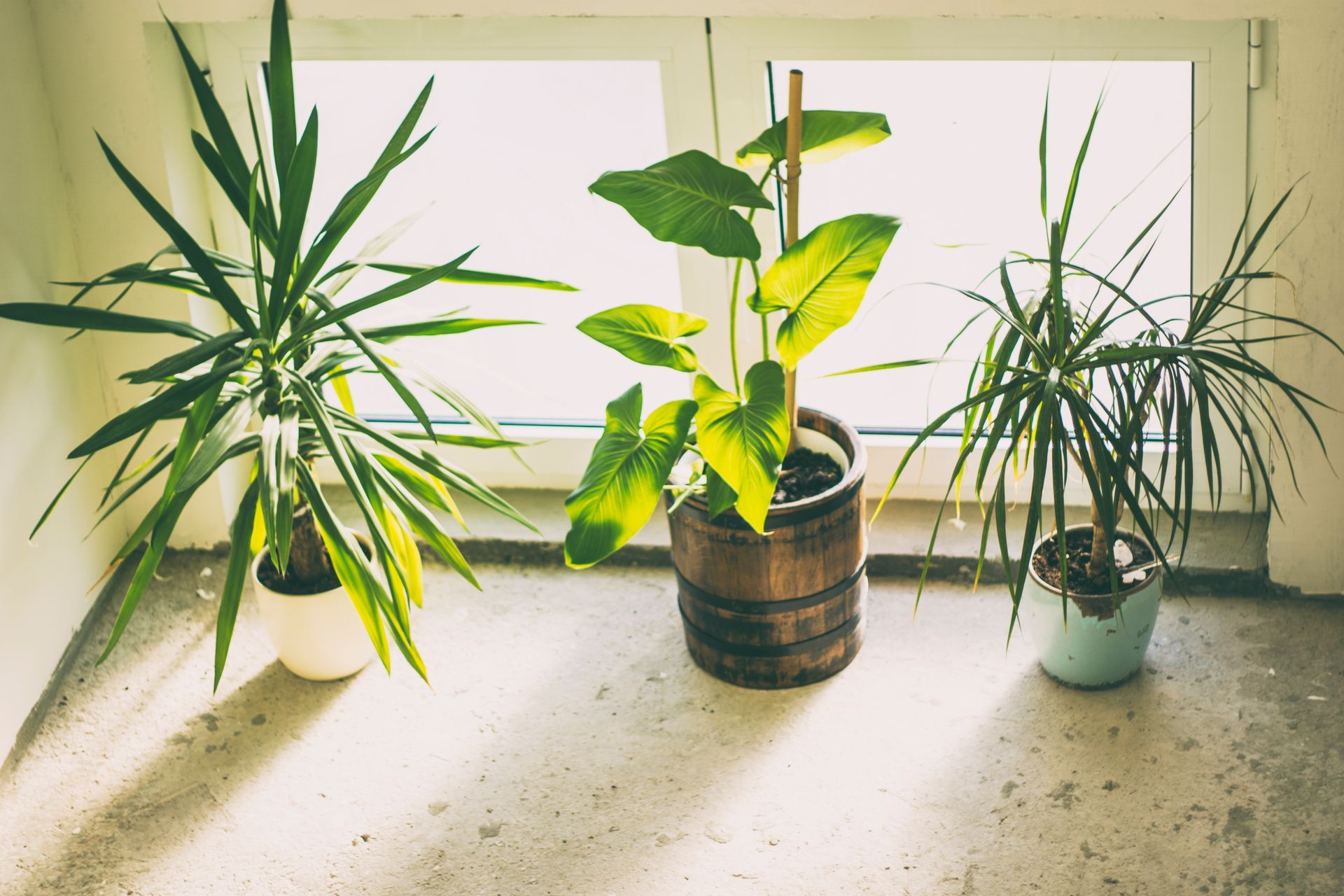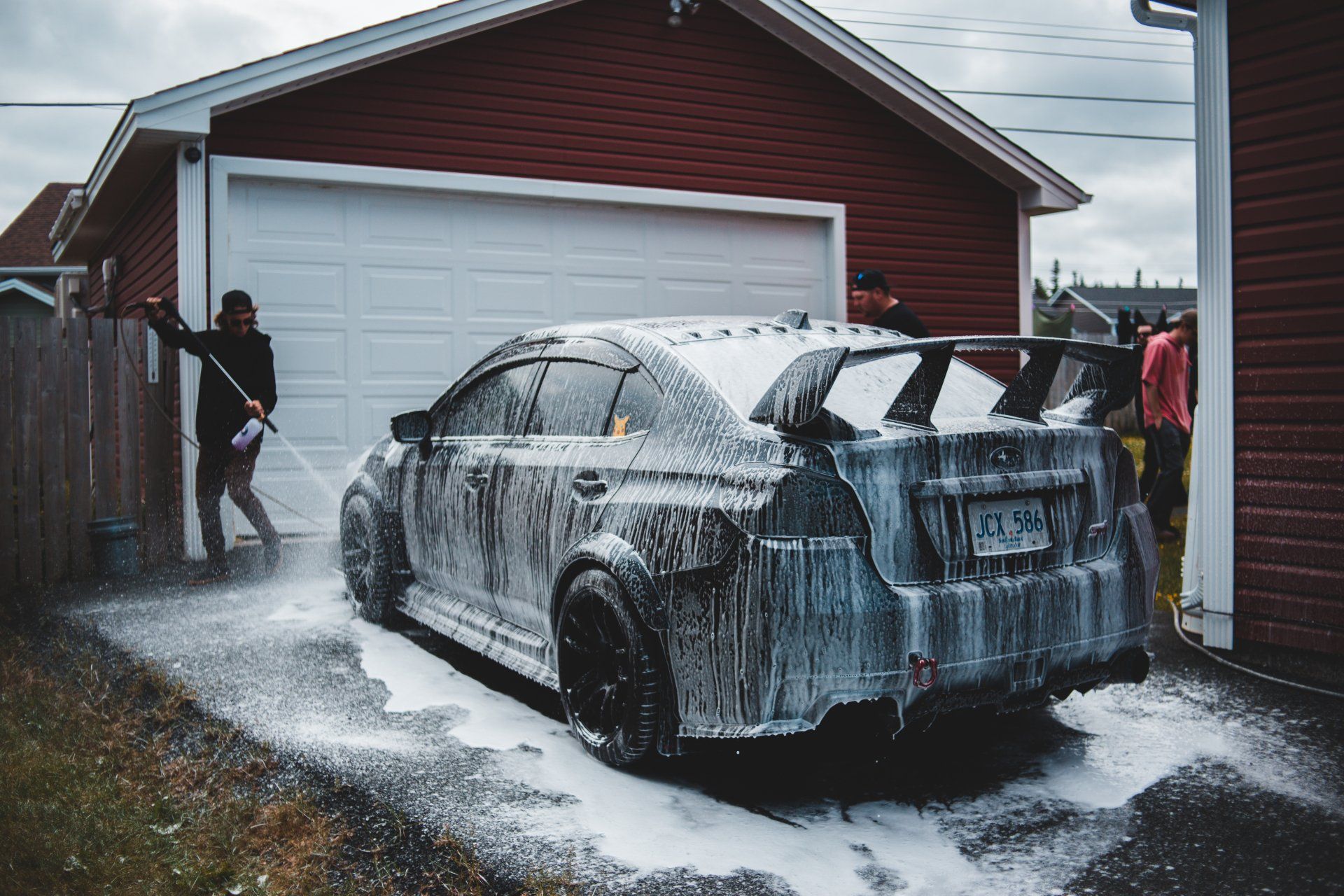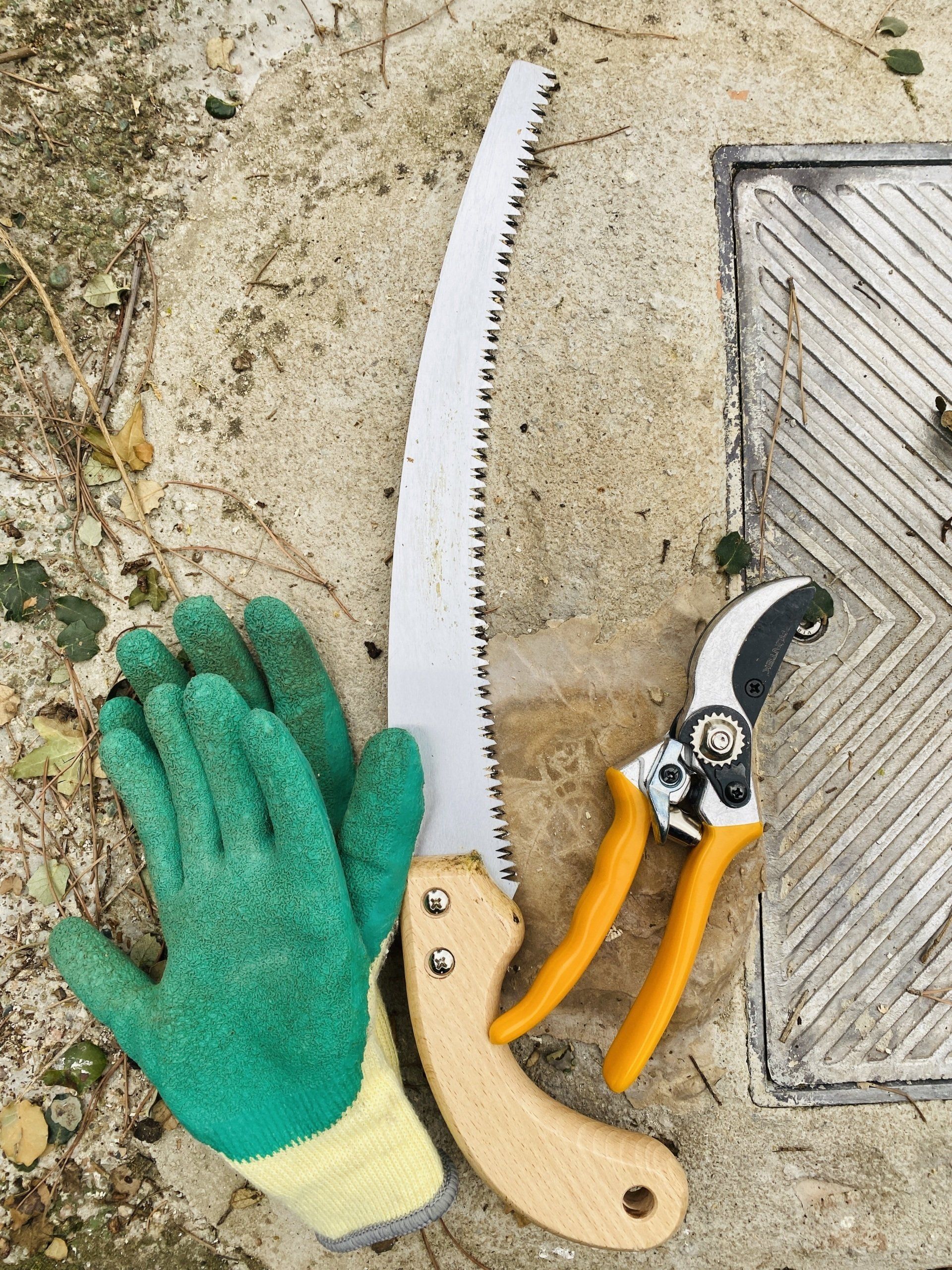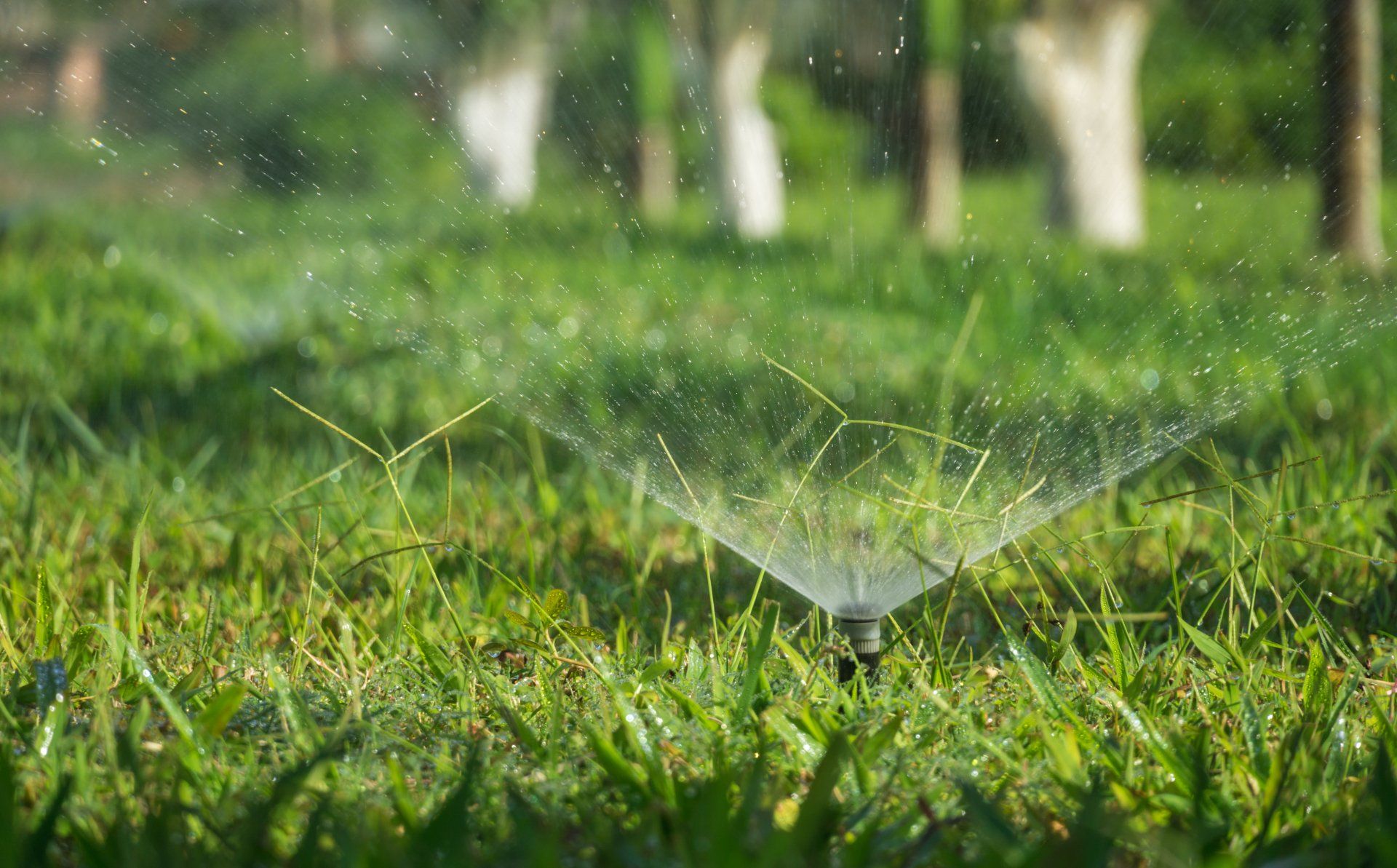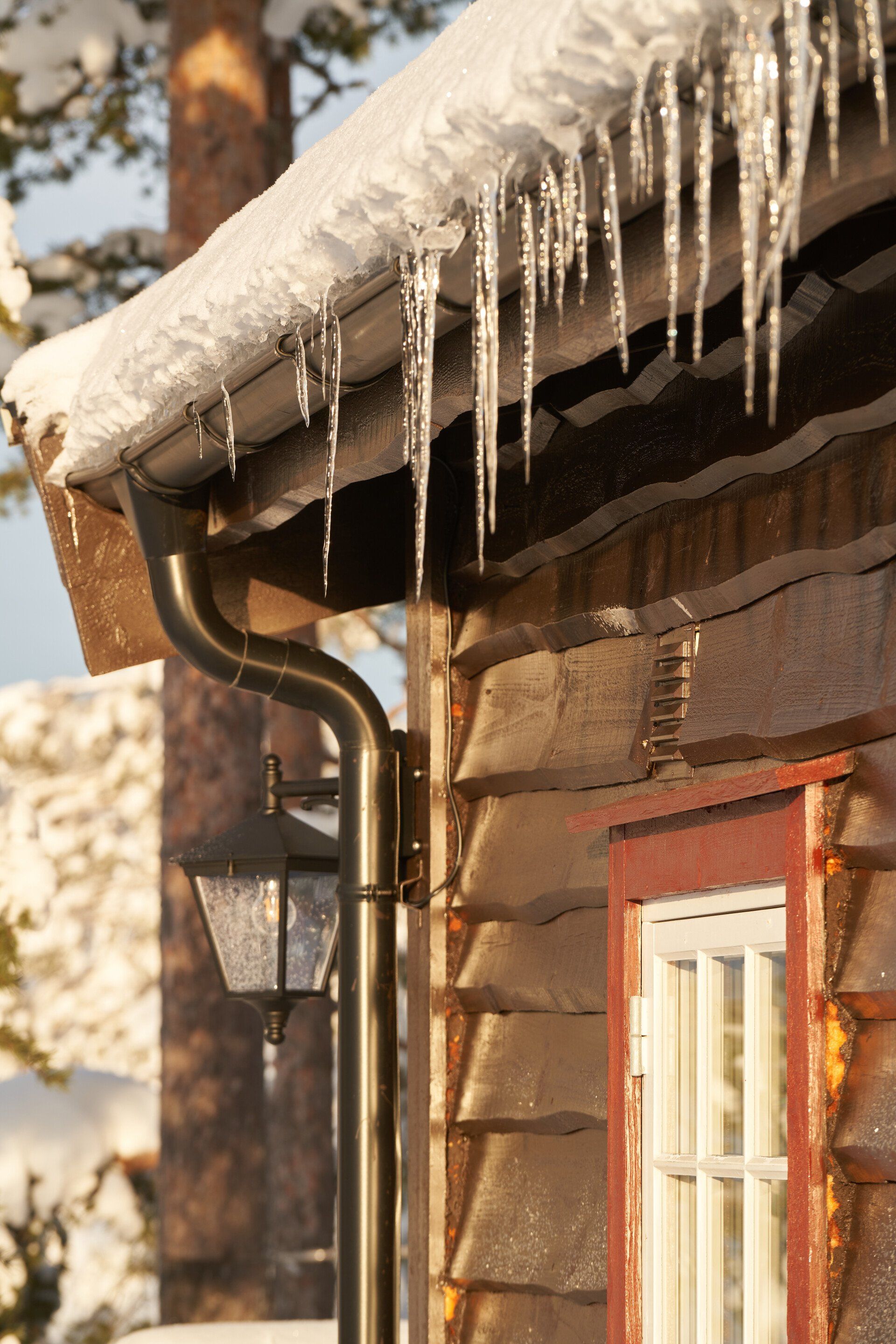Best time to water your lawn
Best time to water your lawn
Your lawn requires sunlight, water, and food in order to survive. Even though soil conditions and climate may affect how much water is required, the best time to water your lawn is the same. Here are some useful tips to keep your lawn looking its finest.
Which is the best time for watering your lawn?
Although it is essential to water your lawn regularly, it's equally important to water it at the right time of the day. This will maximize water absorption and minimize the chance of any disease or infestation. You will get the best results if you water your lawn before temperatures and wind increase. Your lawn should be watered by 10 a.m. in order to give the soil time to absorb the water before it evaporates.
To allow your grass to dry before nightfall, water from 4 to 6 p.m.
How long should your lawn be watered?
One inch of water should be consumed per week. It should be distributed among two to three watering stations during hotter seasons. It takes about 30 minutes to deliver one and a half inches of water under normal conditions. Slower and more steady delivery allows water to soak deeply into the roots, while proper airflow and drainage allow for proper airflow.
Different types of lawns require different watering requirements
It depends on many factors, such as the time of year, where you live, and what type of grass. These are the guidelines to ensure you get the best results.
Grasses for the Warm Season
Warm-season grasses can thrive in areas with temperatures between 80 and 95 degrees. They include varieties like Bermuda, St. Augustine, and Zoysia. Keep the grass mowed as long as possible. Warm-season grasses require less water than other grasses.
Cool-Season Grasses
In northern climates where there is active growth into the fall, cool-season grasses such as Kentucky bluegrass, ryegrass, and fescues are best. Even though the evaporation rate may slow in cooler temperatures, it is still important to continue to give at least one and a half inches of water every week until the first frost.
Lawn Watering Tips
- Don't overwater. Let the lawn dry between watering to establish a strong root network that will kill weeds.
- Your mower should be raised. To provide shade, cut higher in periods of extreme heat or drought.
- You should make exceptions. For proper absorption, pay close attention to the moisture levels on large trees and water-sloped areas.
- The soil should be inspected. Check the soil using a screwdriver. Determine how long it takes water to reach 6 inches below the surface. Then, set your sprinkler system according to the results.
We can help with all aspects of your landscape, including lawn maintenance and care.
